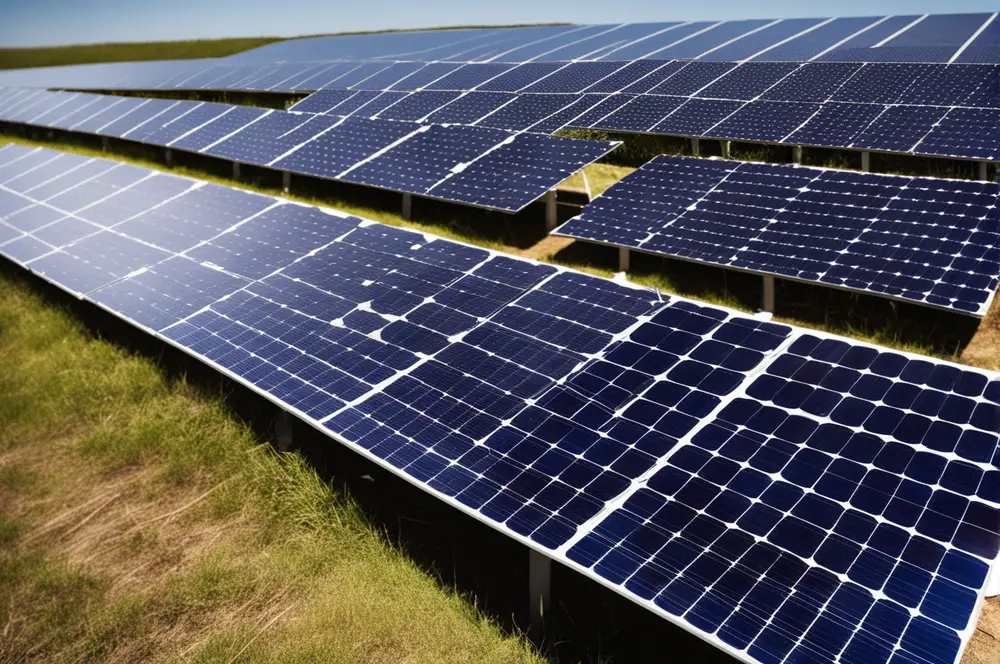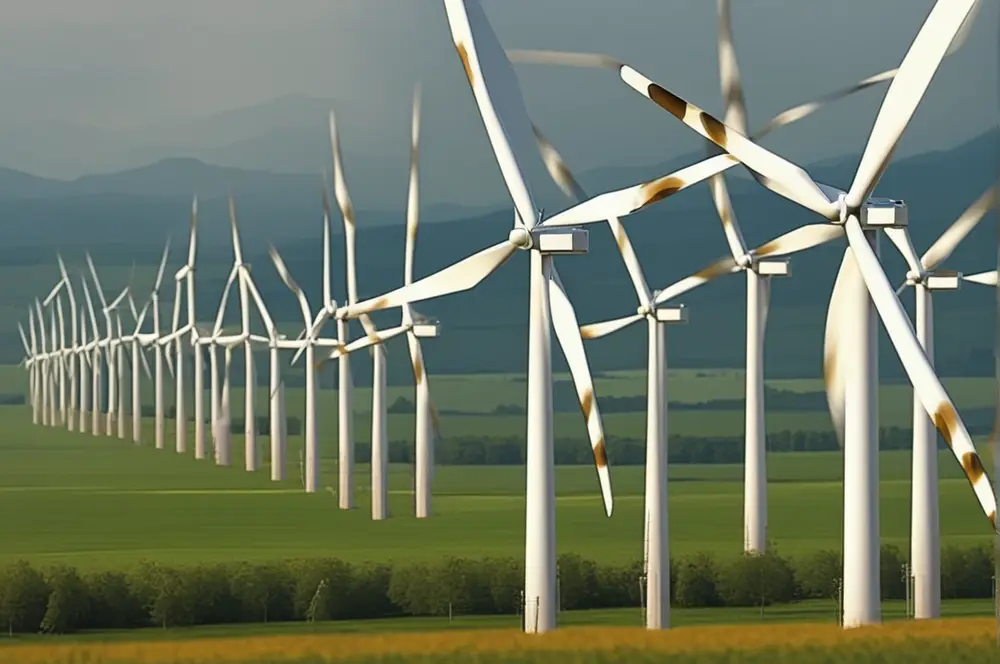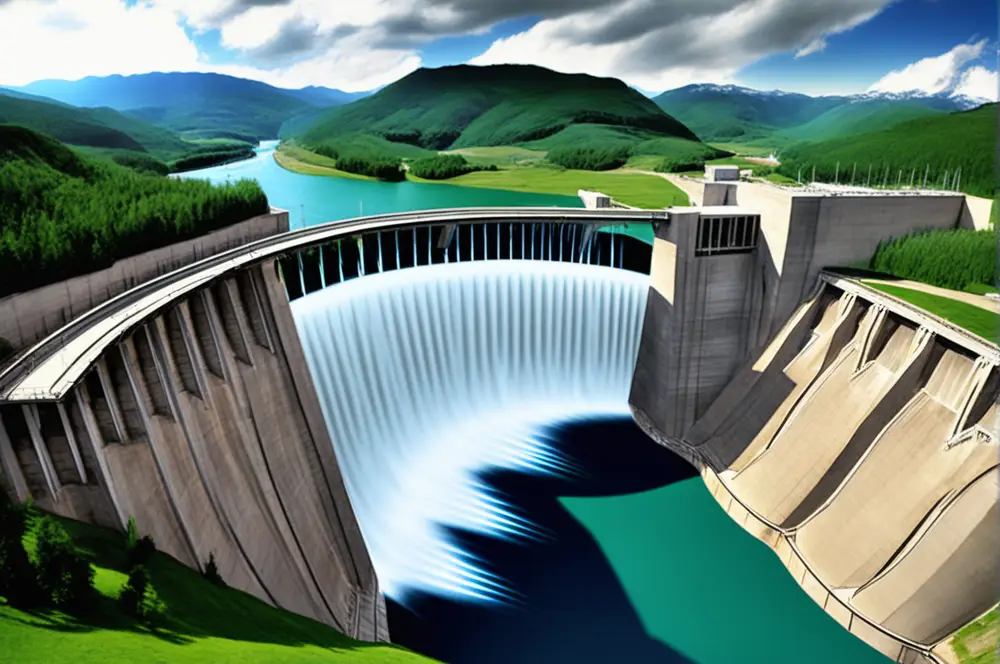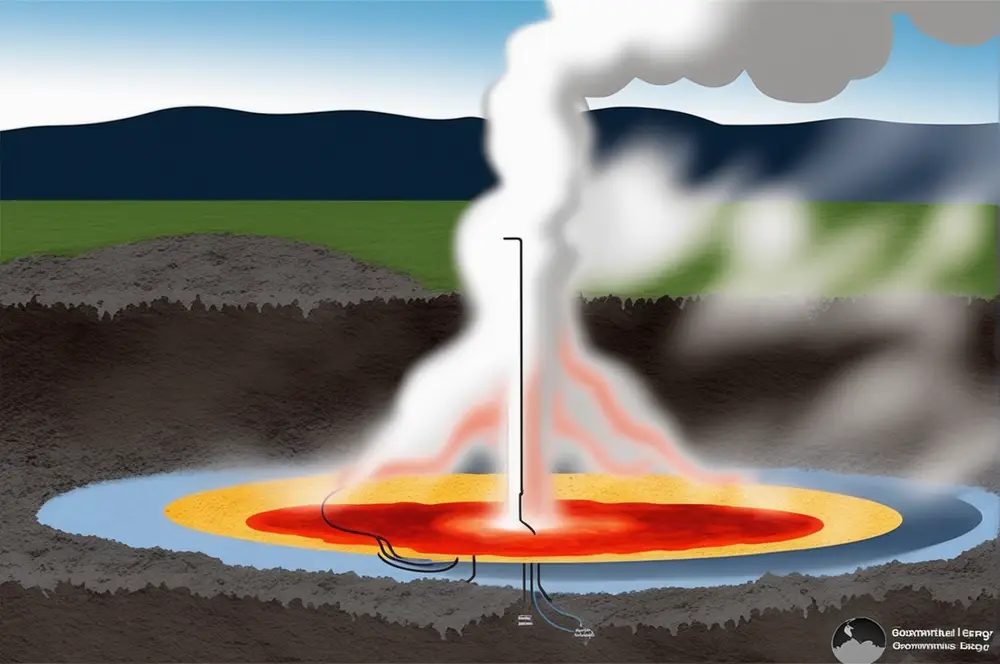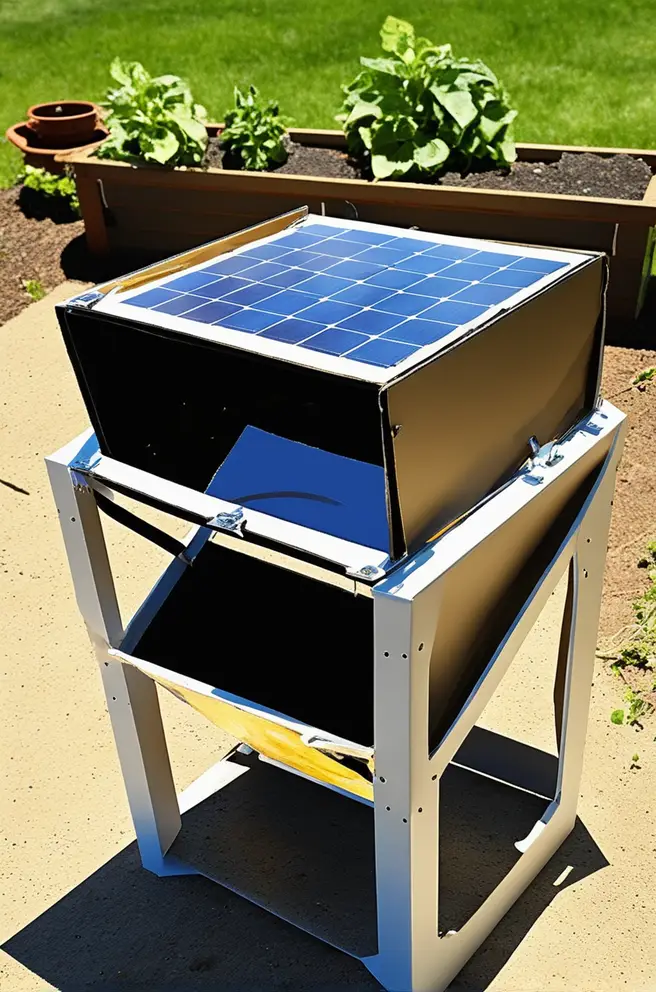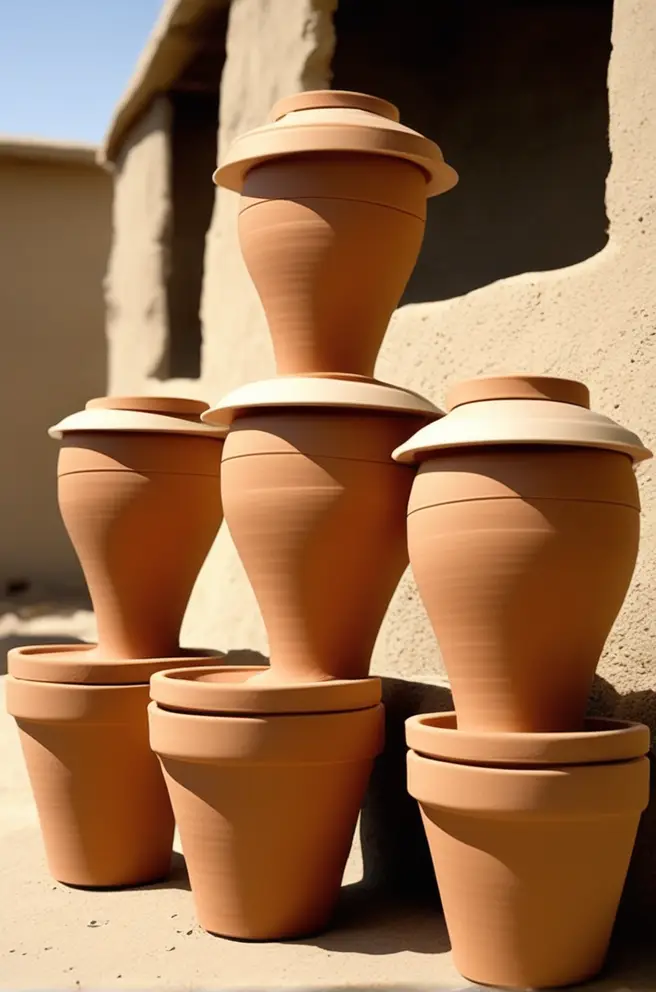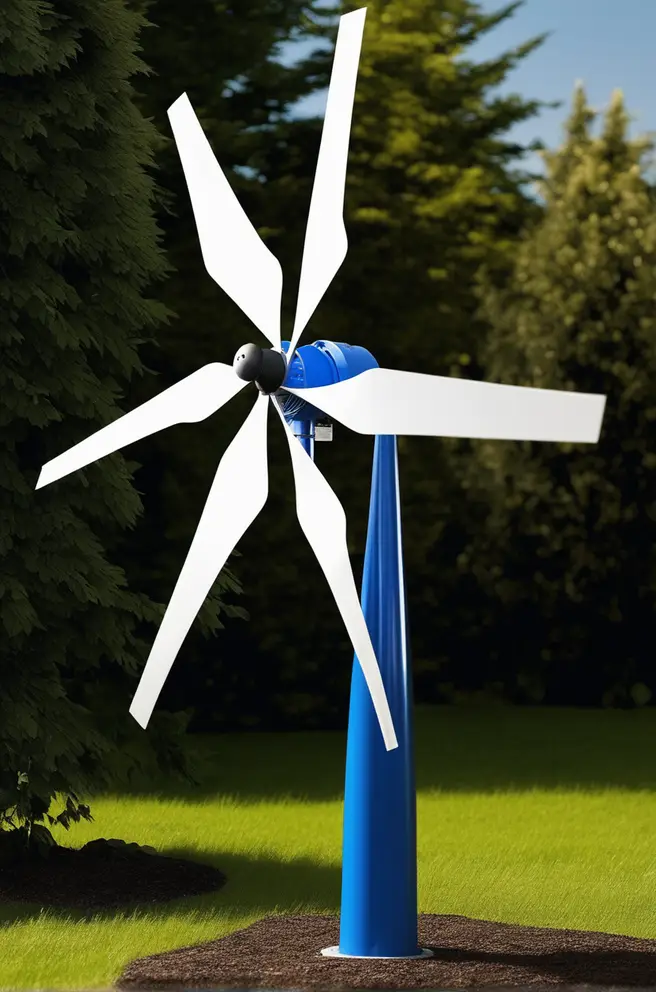Solar Energy: An Abundant Powerhouse
Solar energy, harnessing the immense power of the sun, is an abundant renewable energy source. It works through photovoltaic cells in solar panels that convert sunlight directly into electricity. Moreover, solar energy can be used for heating purposes, including water heating and space heating. Adopting solar energy reduces greenhouse gas emissions significantly, promoting a cleaner, healthier environment. This sustainable energy source is also becoming increasingly cost-effective with technological advancements. Read more in-depth about solar energy here.
